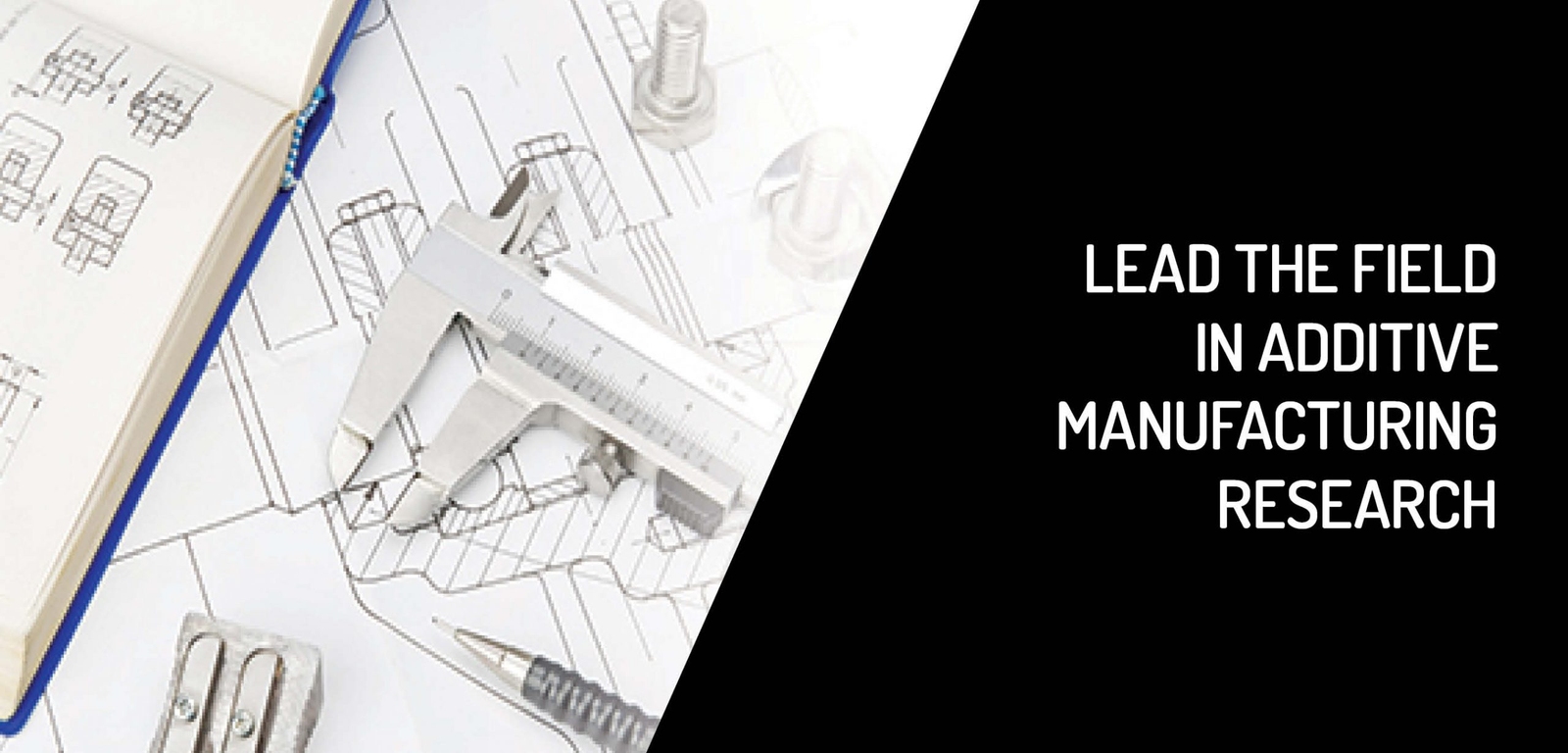KraussMaffei boosts Mexico’s agricultural industry with sustainable logistics solutions in packaging
Discover how KraussMaffei helped transform eco-friendly packaging in Mexico’s logistics sector—read the full case study now.
Welcome to Headland Technology Client log in
Whether you’re after a machine, spare part, power tool, or need to book a service call Headland will help you find the right solution in a timely manner.
Fill out the form below and the relevant expert will be in touch with you shortly.
Do you work in additive manufacturing research in Australia? You can lead your field into the future of manufacturing. Australian company, SPEE3D, has changed the future of manufacturing globally. Access this technology to lead the field in Additive Manufacturing research.
Do you want to:
Check out this 2-minute video of this world-first technology.
The SPEE3D team understands manufacturing. This includes challenges of taking a product from concept through to mass production. Their machines provide 3D printing of metals at production speeds. SPEE3D’s focus is on solving manufacturing’s key issues: cost, speed, and repeatability.
The technology will make parts you can use today. No redesign, no complex modelling. Load your file and print one part or as many parts as you like.
Australian 3D metal printing company Spee3D has developed the first metal 3D printer. The Lightspee3D can leverage Supersonic 3D deposition technology.
Lightspee3D’s technology aims to manufacture grade printing at production speeds. It also allows operators to print industrial quality metal parts in minutes.
“Typically, 3D printers of this size and complexity require up to two weeks to install and set up, however Speed3D printers can be installed in a matter of hours. We’ve had machines delivered at 9am and printing parts by lunch time,” said Byron Kennedy, co-founder of Spee3D.
In three weeks, Speed3D installed five industrial printers internationally, with one located at Australian National Manufacturing Week in Melbourne, Swinburne University, Fit Print Bureau in Germany, Rapid in Detroit, and the University of Delaware.
“The LightSpee3D printer we had installed is running great. It’s also easy to operate, Spee3D trained one of our staff who was then able to train other operators. The team are now using the machine every day,” said Larry Holmes, assistant director of Digital Design and Additive Manufacturing.
Whether you’re after a machine, spare part, power tool, or need to book a service call Headland will help you find the right solution in a timely manner.
Fill out the form below and the relevant expert will be in touch with you shortly.
